In a perfect world (for nonprofit organizations, anyway), prospective donors would have infinite amounts of time and funds. They would already have comprehensive knowledge of every nonprofit and charity aligned with their interests, and they would give large donations to each on a regular basis. In reality, as we all know too well, everyone has limited time, funds, energy, and attention spans, including donors. This means your organization needs strategies for attracting and keeping donors, which involves looking at this process from the point of view of the donor.
In other words, your nonprofit needs to understand the donor journey in order to successfully garner initial and continued benefactor support.
What is the Donor Journey?
The donor journey describes the sequential path by which your supporters come to know about your organization, become interested in its mission and goals, are motivated to give, and continue to stay engaged with your nonprofit afterward. Although experts may use different terms for each of these stages, their significance and place on the map is ultimately the same or similar.
Understanding the donor journey has several key benefits: it can not only help you to attract donors and get results, but to do so more efficiently and to build stronger and more lasting relationships with donors and your community. In order to help your organization make the most of interactions with its beneficiaries, you’ll need to tailor this process to your specific mission and goals. Here are the general stages of the donor journey.
Phase 1: Awareness
Awareness refers to a donor’s ability to discover that your organization exists and become cognizant of its mission. If your nonprofit isn’t already a household name with nationally-airing commercials, odds are that you need to find a good way to get the attention of prospective donors. To do this, you need to think from their perspective: where are the greatest numbers of people spending their time and attention?
The answer is often social media, but it’s also search engine queries. There’s a reason that Google is a verb, and you can alert donors to your existence by appearing in their Google searches for related topics and keywords. It sounds simple, but in fact Google uses complex algorithms and protocols to rank both organic (search-related) results and paid ads.
That’s why Google Ad Grants are so instrumental in helping nonprofits to land on page one of Google searches—at no cost to the organization—and why we here at Nonprofit Megaphone are so passionate about helping them obtain and maintain these grants.
Whether your nonprofit currently has a Google Grant or not, it’s important to design your online content around relevant popular topics and keywords. This will get the greatest possible number of readers to click on your link and keep reading. When this happens, you’ve made it through the first step: getting internet audiences to learn that you exist and to start considering involvement with your mission.
Phase 2: Consideration
Sometimes referred to as research, the consideration stage of the journey occurs after prospective supporters have discovered your organization (via Google Search or another source). In short, this stage involves getting readers past the “so what” factor by giving them reasons to give to your particular nonprofit. Once a reader has landed on your website and knows you exist, you must develop that relationship to convince them of why they should partner with or support your nonprofit.
This is why it’s essential to make a good first impression, particularly in the quality of the content that brings new people to your site in the first place. Every piece of your content the public can encounter—Google search results, social media, website landing pages, and more—should be calculated to engage reader interest and spark passion. Every word and image needs to work toward the ultimate goal of convincing readers to support your nonprofit. Ideas for making your case include promotable content like news and educational articles.
Phase 3: Action
Now comes the exciting part. Once you have successfully motivated prospective donors to support your organization, they will take action. Before you open your (reasonably priced) bottle of sparkling wine, however, be sure that you’ve made that conversion as easy for them as possible. That means making your online donation buttons easy to find, minimizing the number of steps required to donate, letting donors know about tax deductions, and using a secure donations platform that will automatically track donations and send out donor receipts. Cheers!
Phase 4: Engagement
You may think your job is done once supporters have completed your desired conversions, but there’s one more step if you want new donors to become recurring ones: donor engagement. The donor engagement stage of the journey refers to all the ways your organization keeps donors connected to your mission and contributing regularly. It involves multiple components:
- Expressing appreciation. Once a desired action has been taken, it’s essential to send a thank you letter to donors to show your appreciation. If at all possible, this should be personalized in some way, such as a mailed letter with the executive director’s handwritten signature. The greater the gift, the more effort should go into the form and personalization of the appreciation; some may warrant small to large thank-you gifts.
- Sharing results. It’s also important to communicate the difference that the donor has made in detail, citing specific services or improvements that they have helped to fund or bring about. This can be conveyed in a wide variety of creative ways, including donor appreciation events.
- Enlisting further support and sharing. Once you have thanked donors proportionately and shown them how they’ve helped you to reach your goals, ask them to tell members of their network about your mission and ways to get involved. A great way to do this is at in-person events. These can be donor appreciation events, community engagement events, or fundraisers. Any method you select should be calculated for optimal impact, so it’s helpful to have a sound donor engagement plan.
You can find more information about optimizing your donor journeys here. Ideally, nonprofits should keep this process in mind at every level of their development operations. Tracking and measuring your success at each point in the journey will also allow you to understand what works, what doesn’t, and how to be more effective next time. By considering the above and regularly evaluating your success in guiding people through the donor journey—adapting as necessary—you can ensure that you are doing all that you can to convert those who discover your nonprofit into those who support it.
.svg)


.svg)
.svg)
.svg)

.avif)





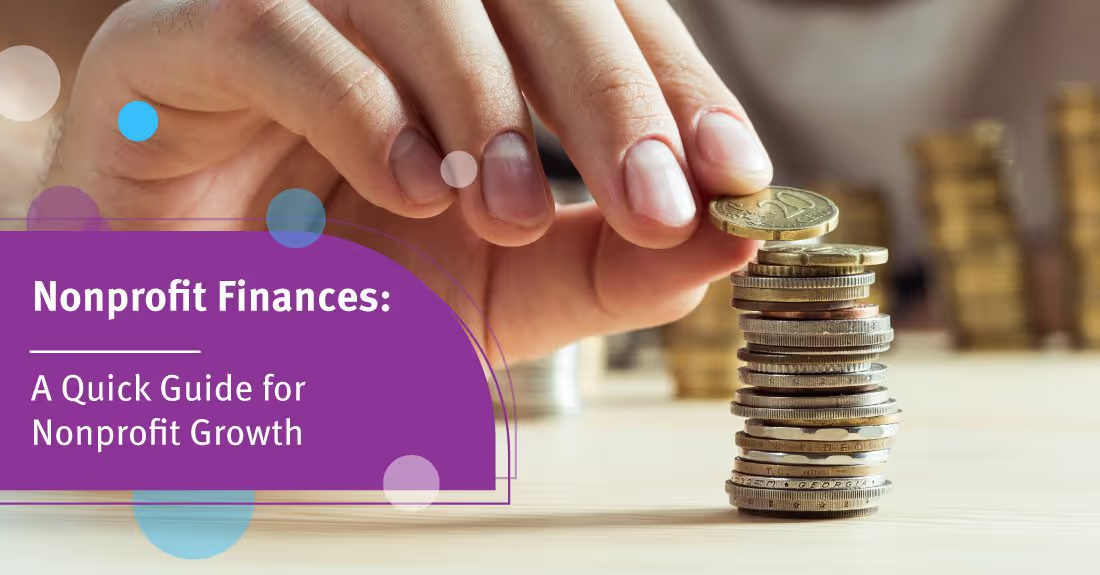


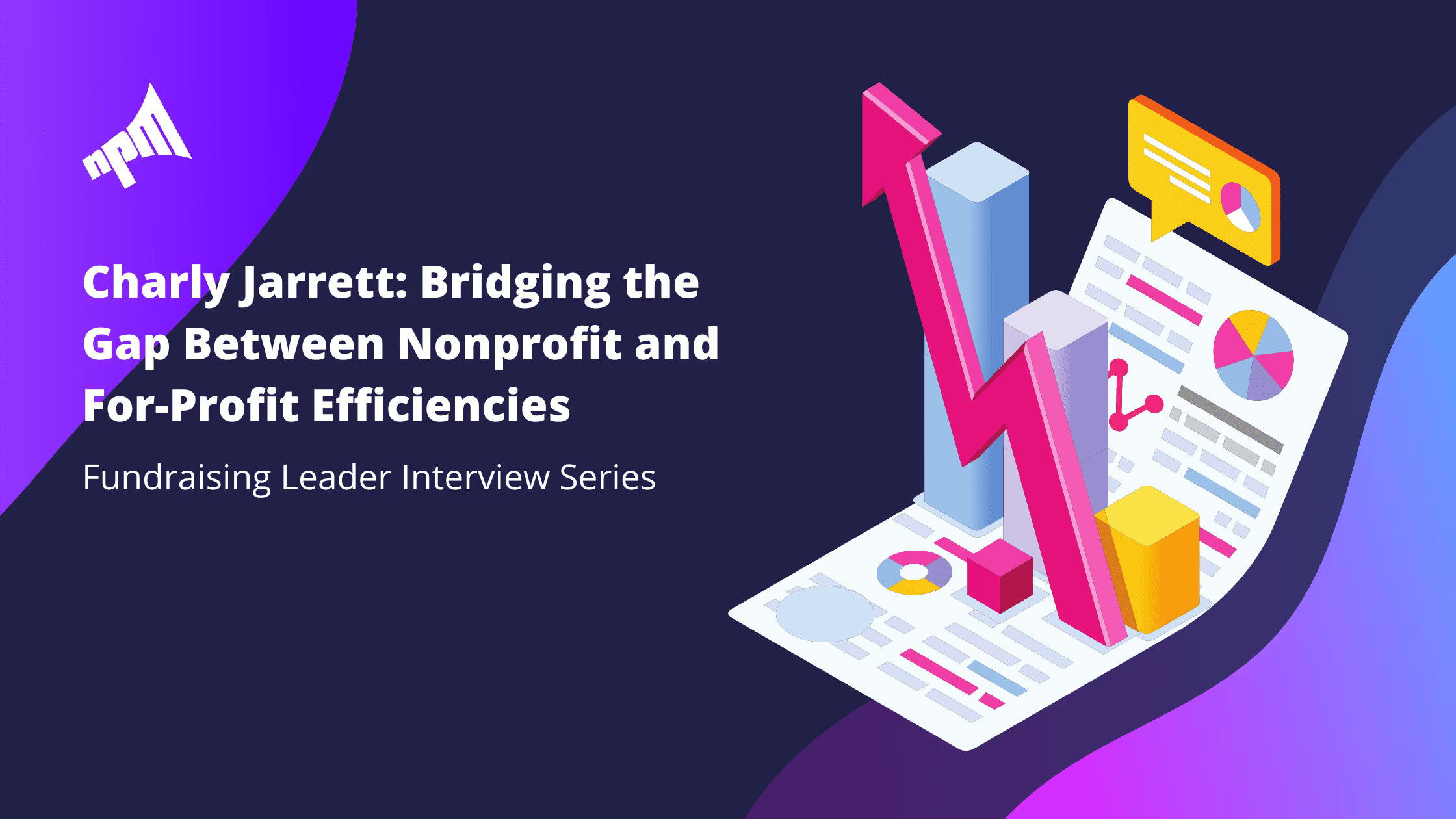





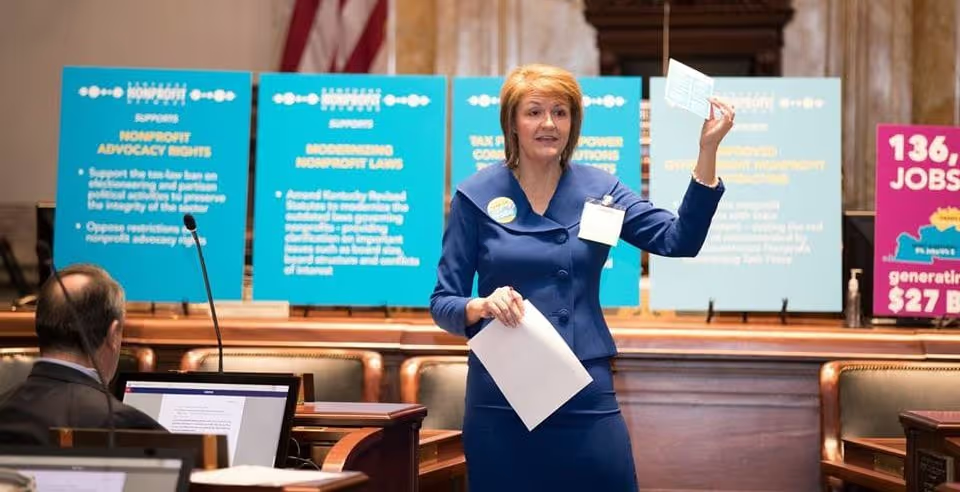
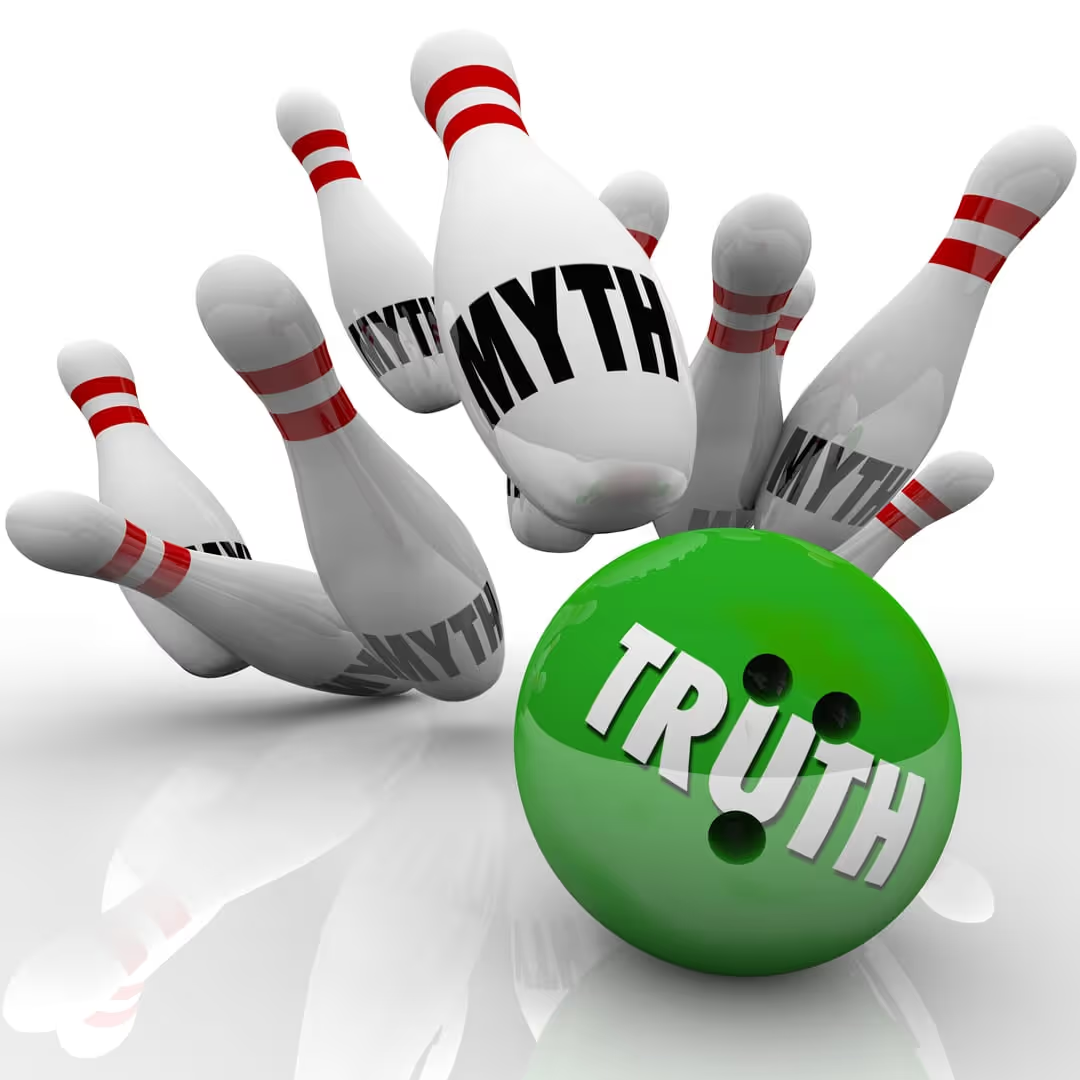
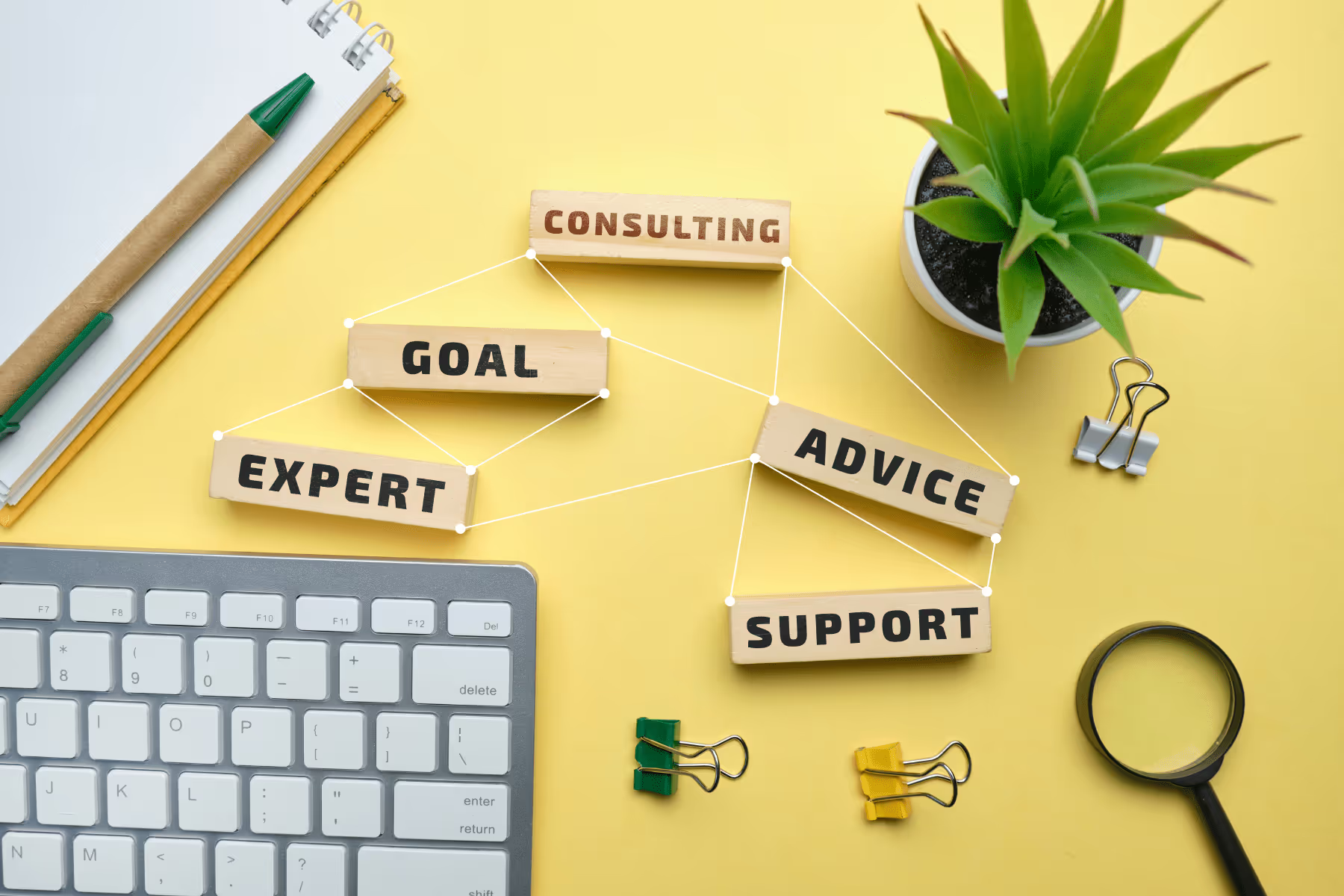


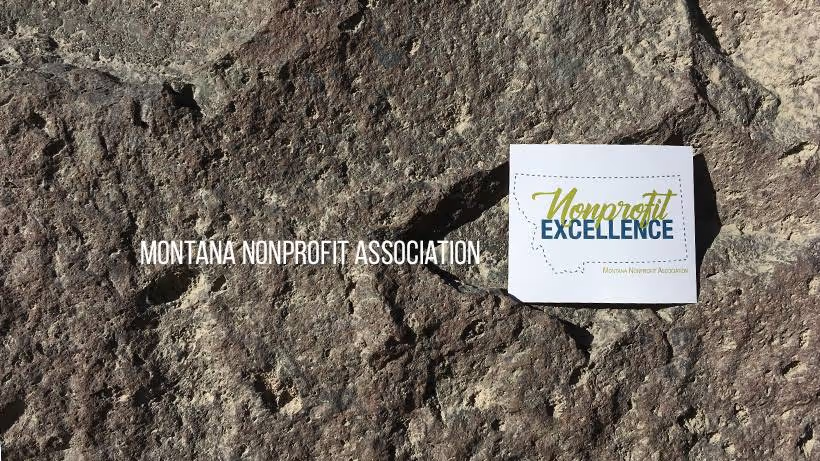


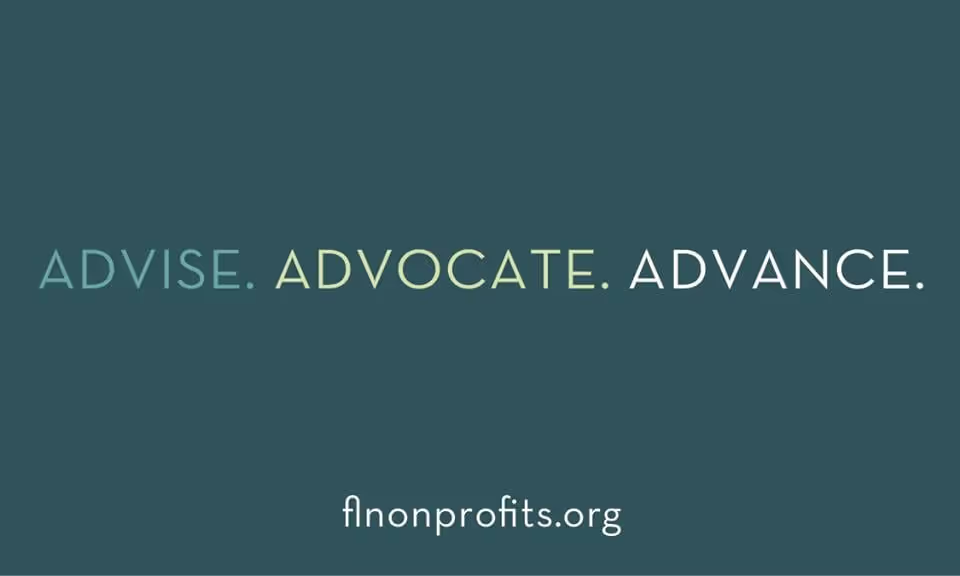


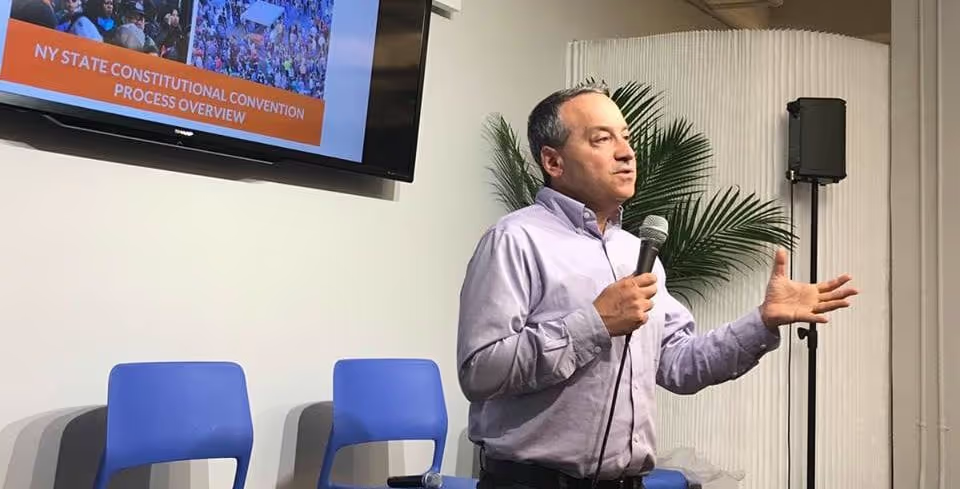










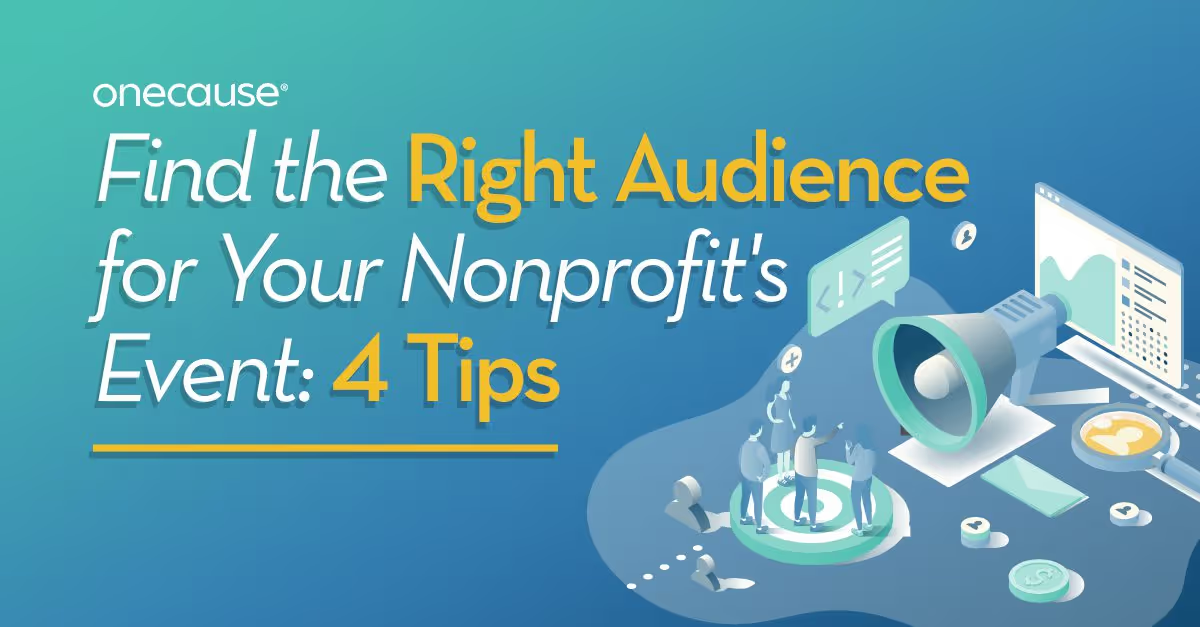
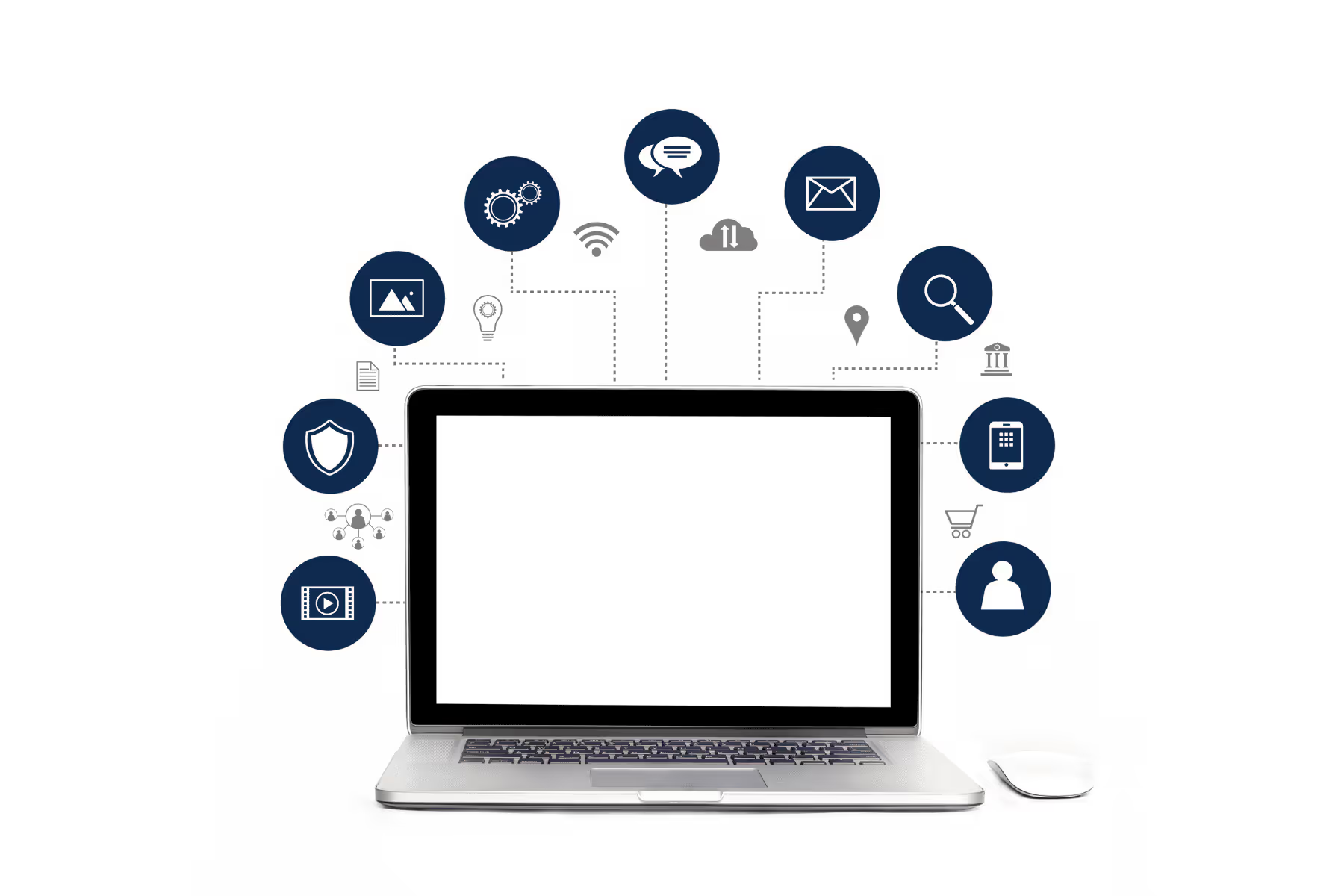
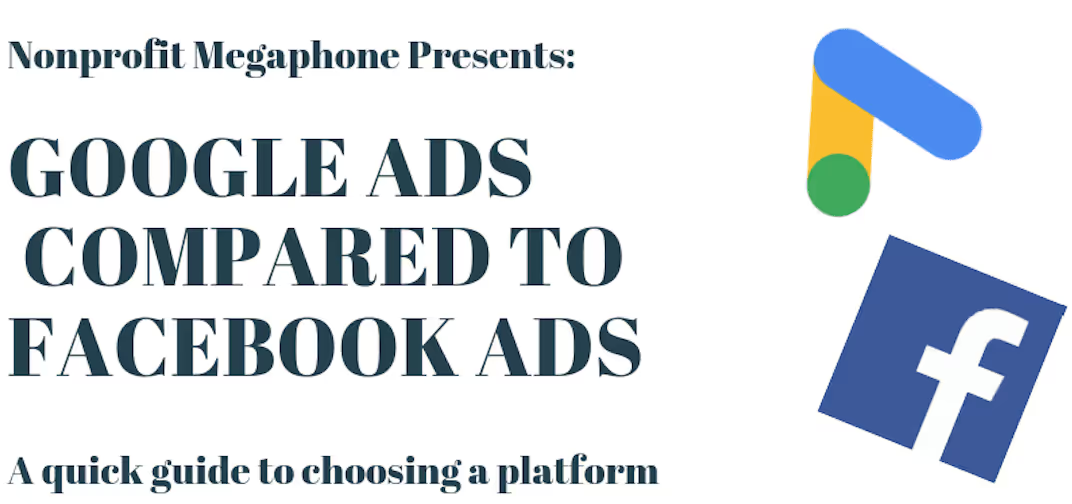




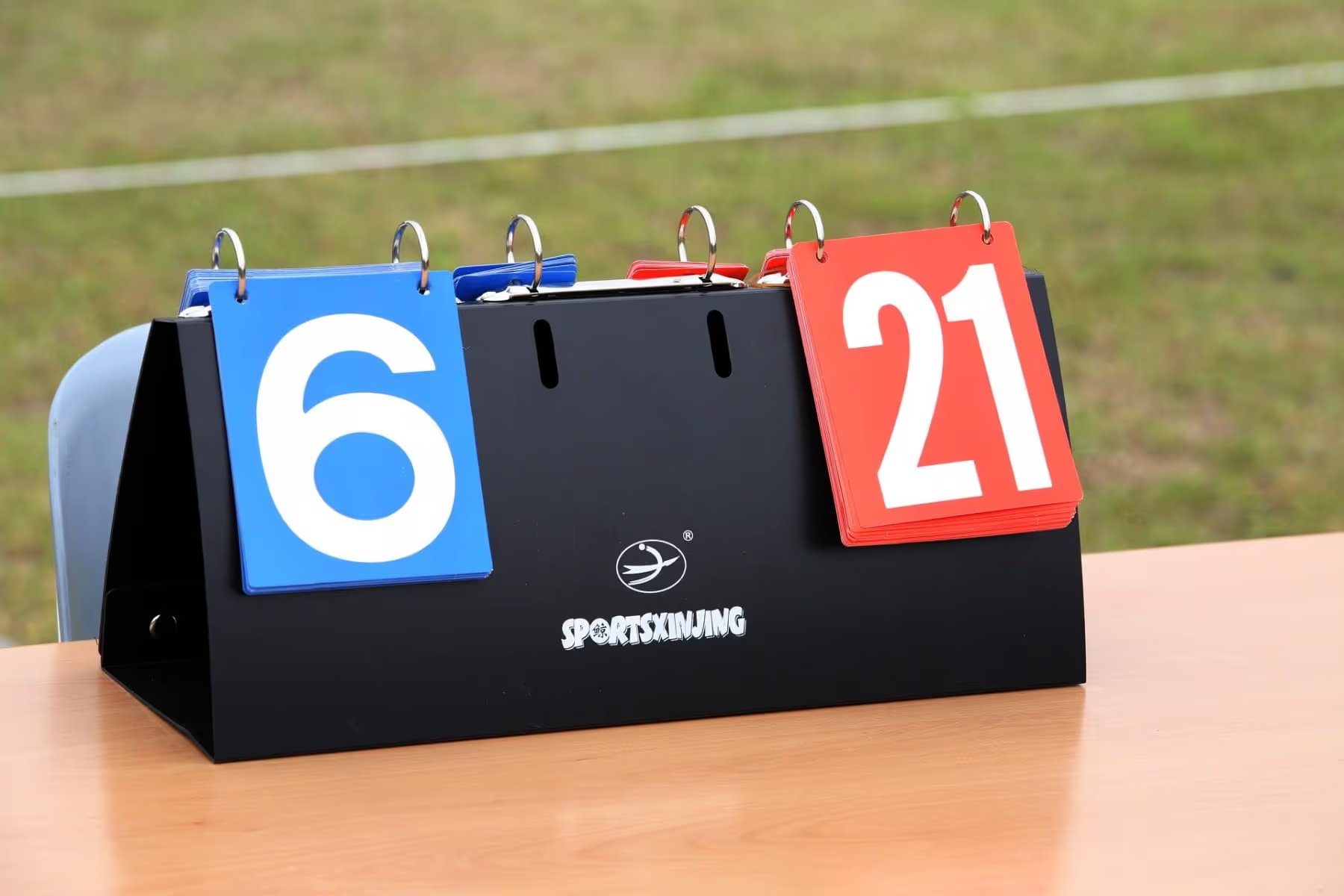

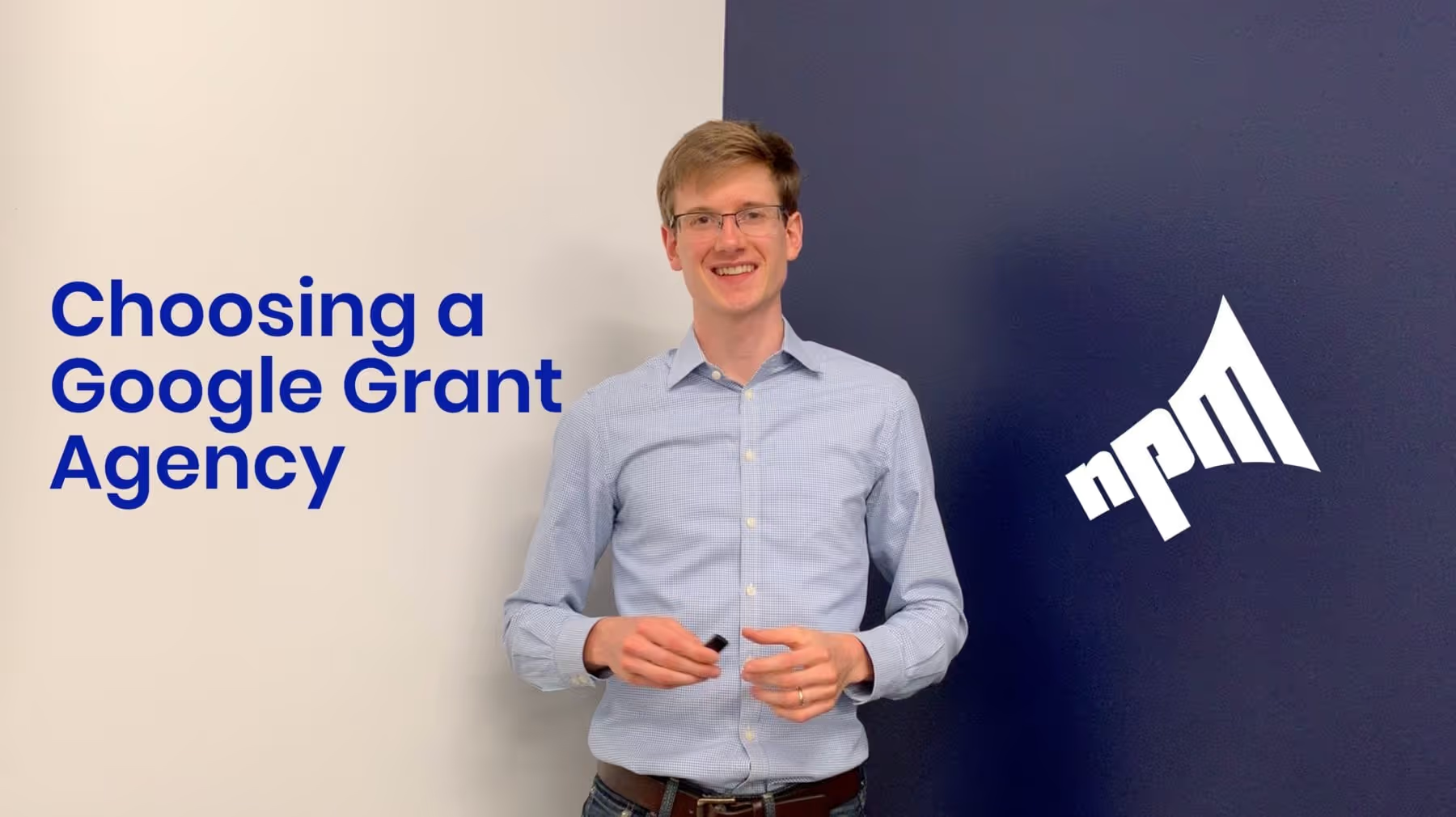

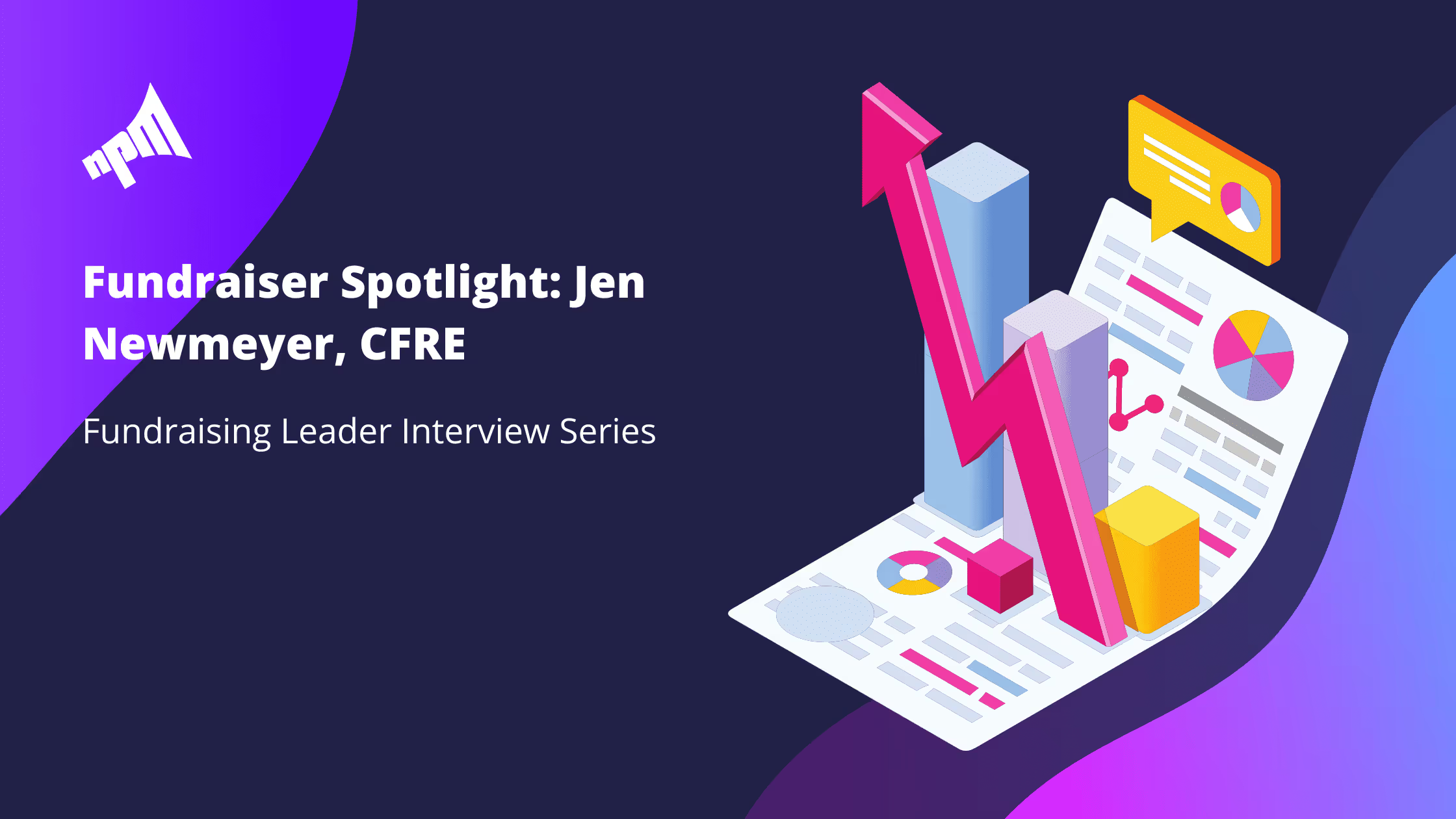
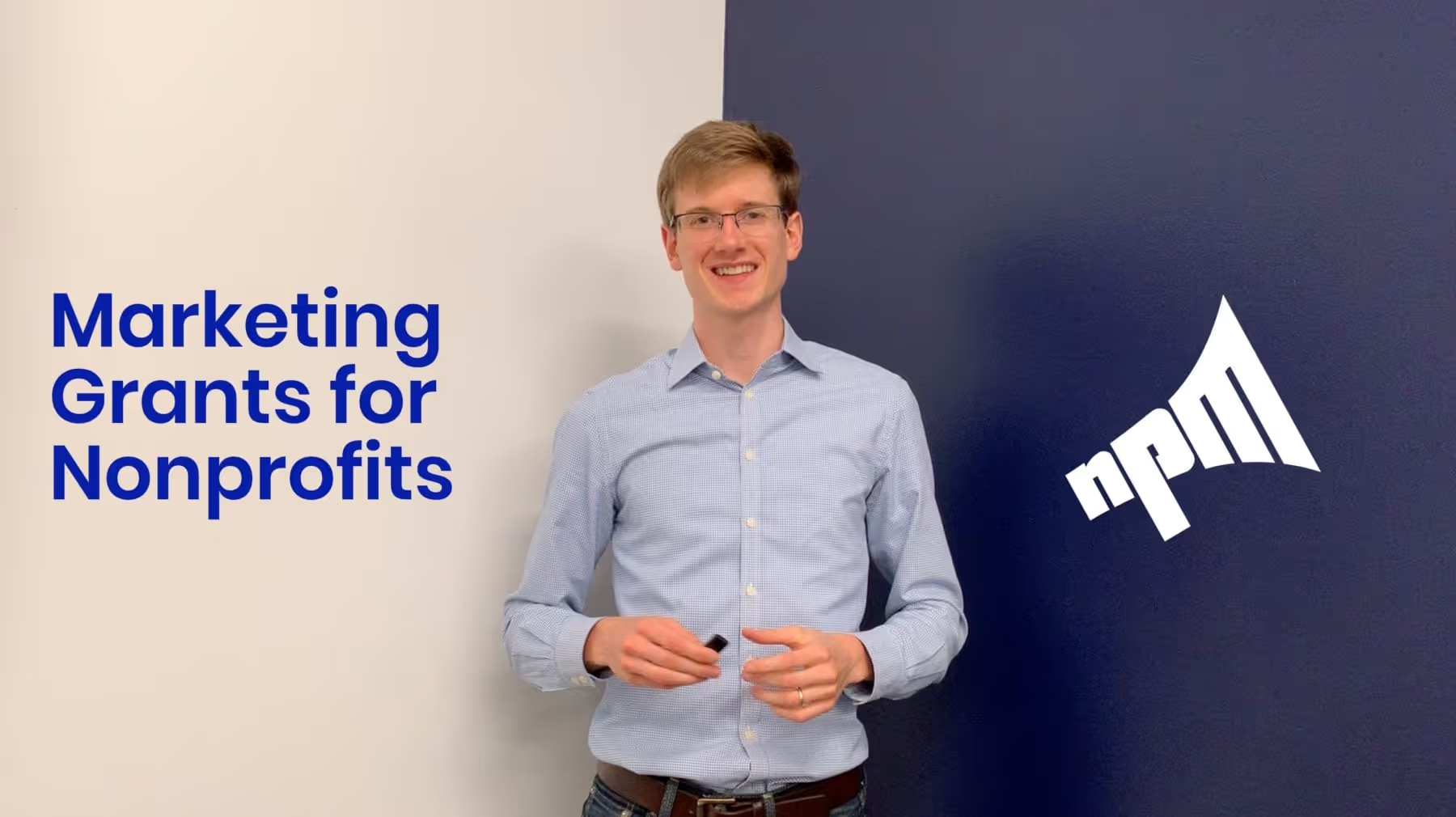
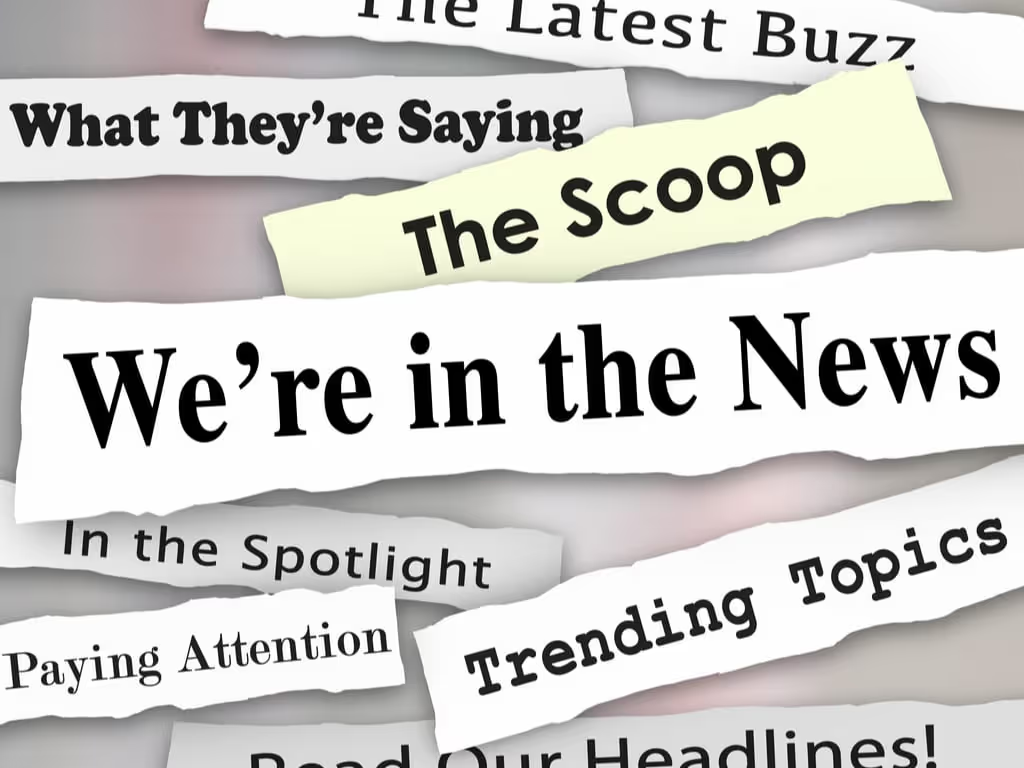
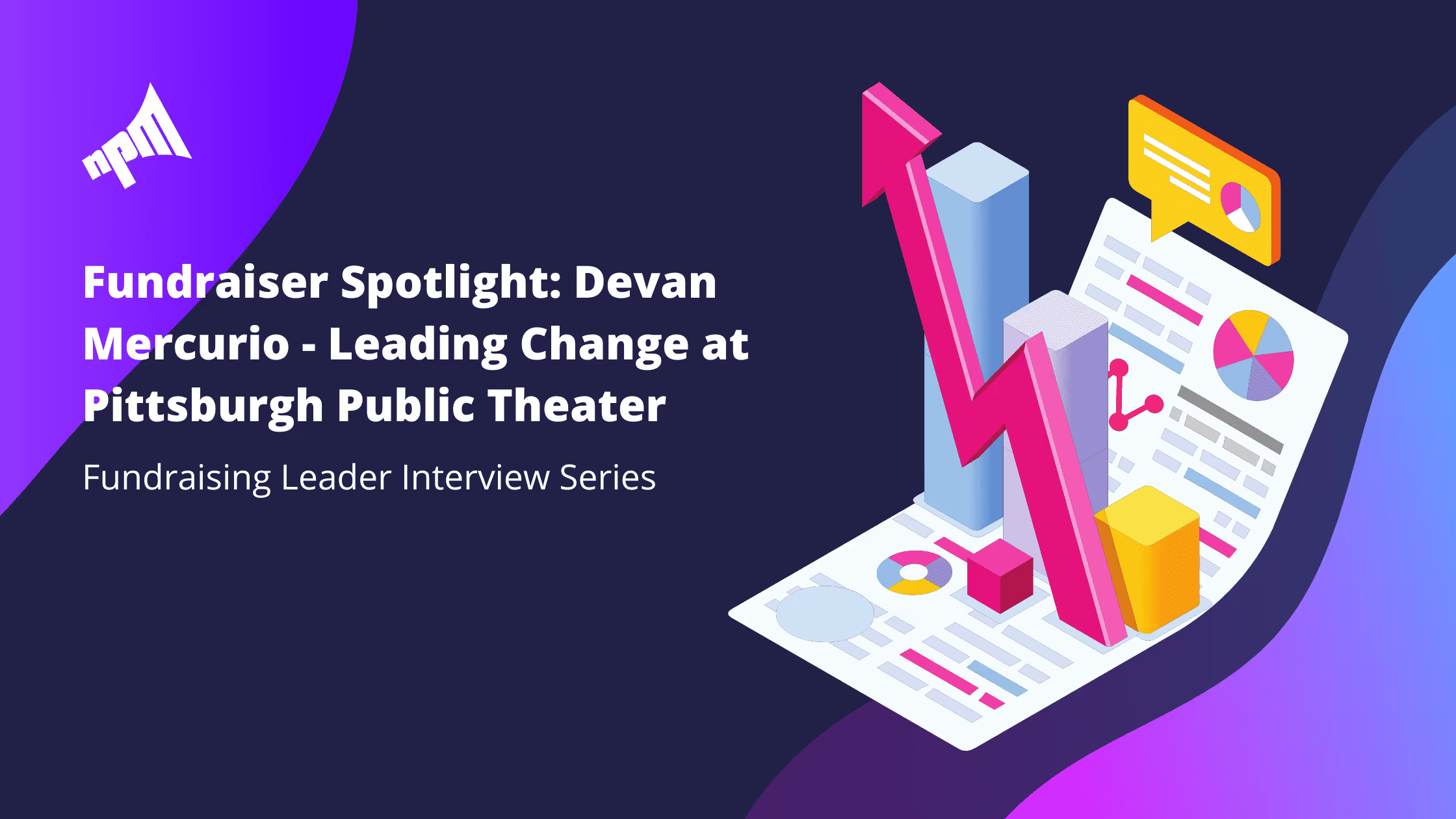
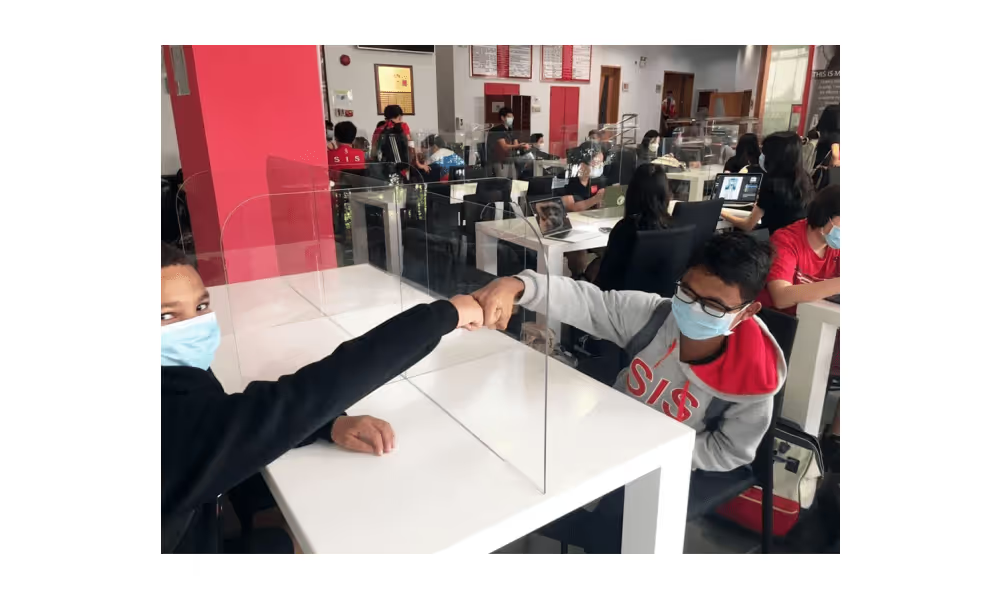





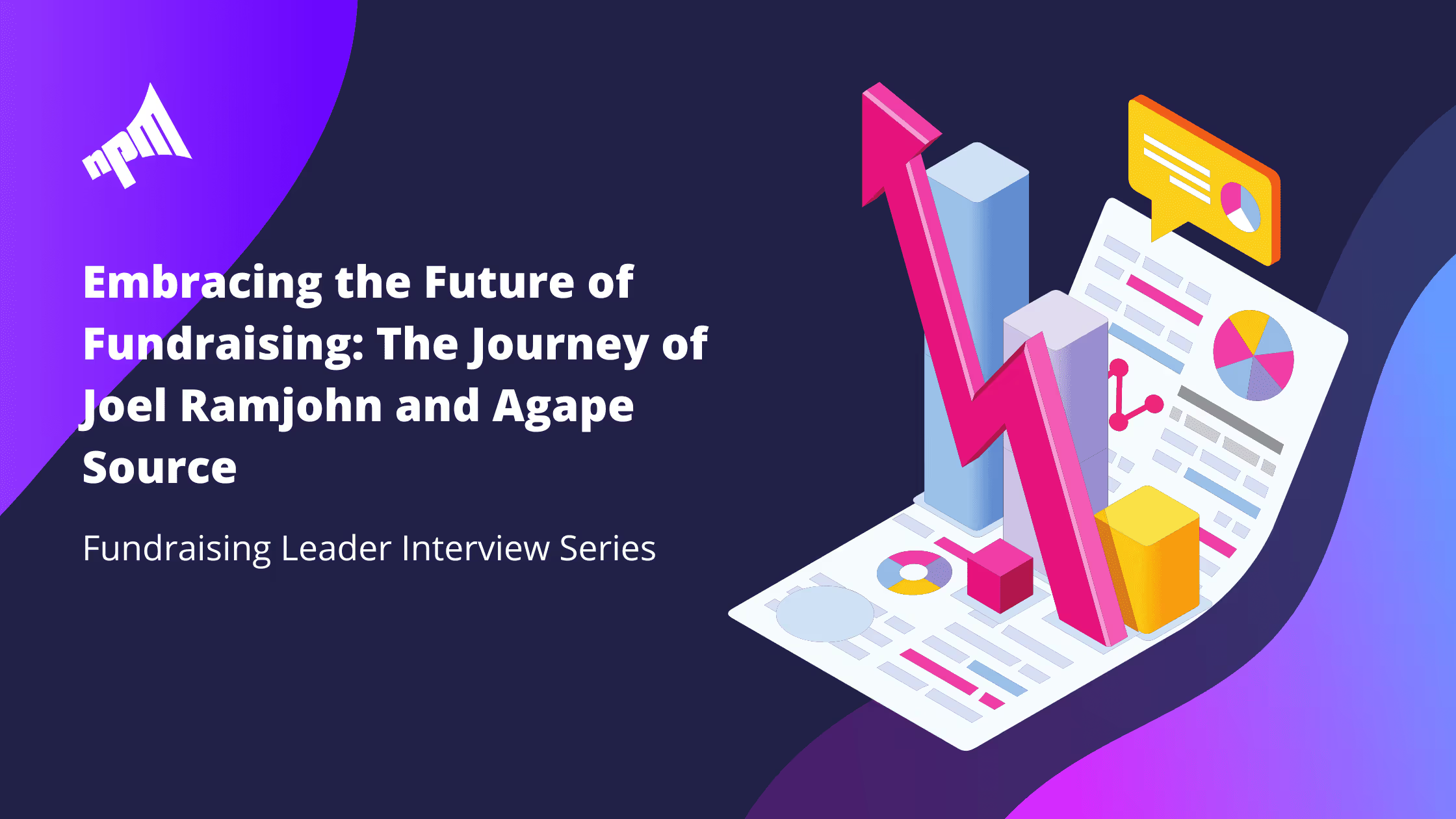




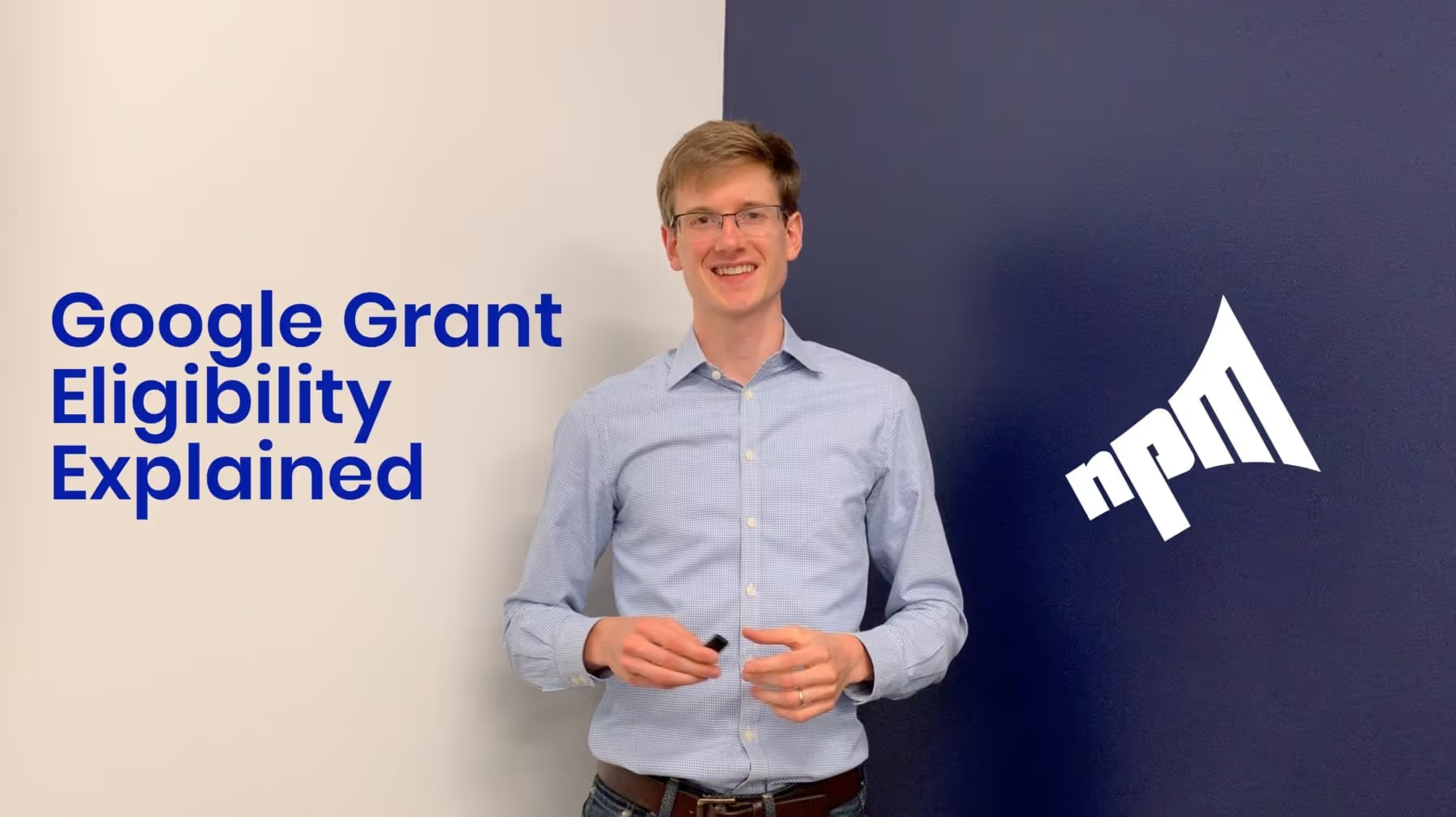









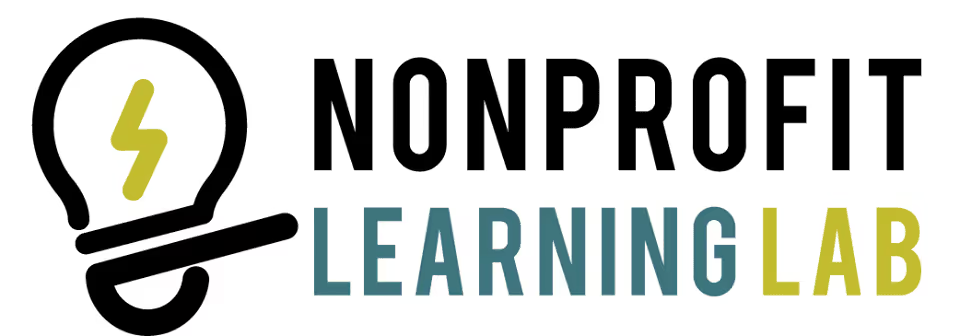

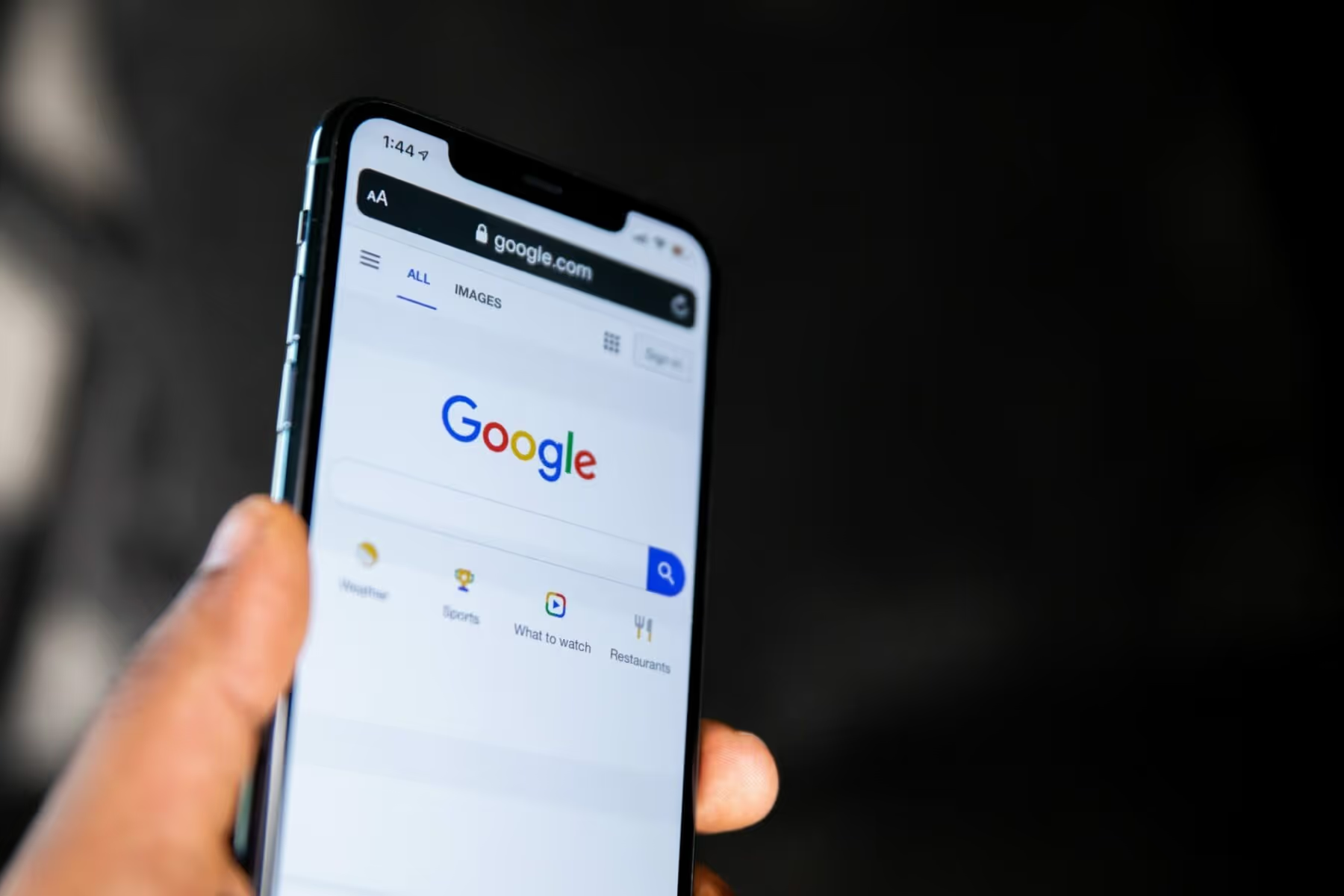

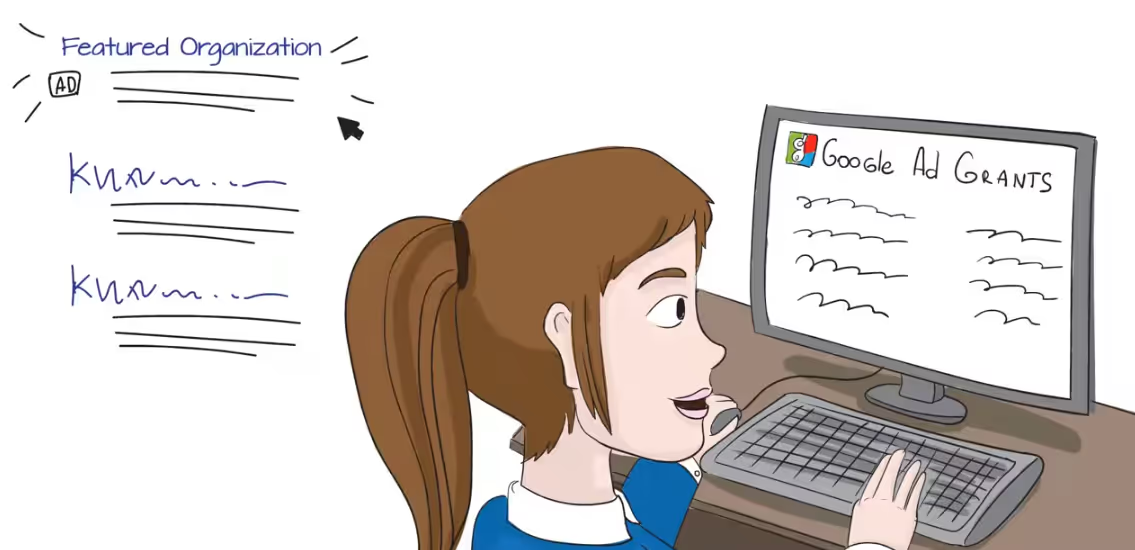
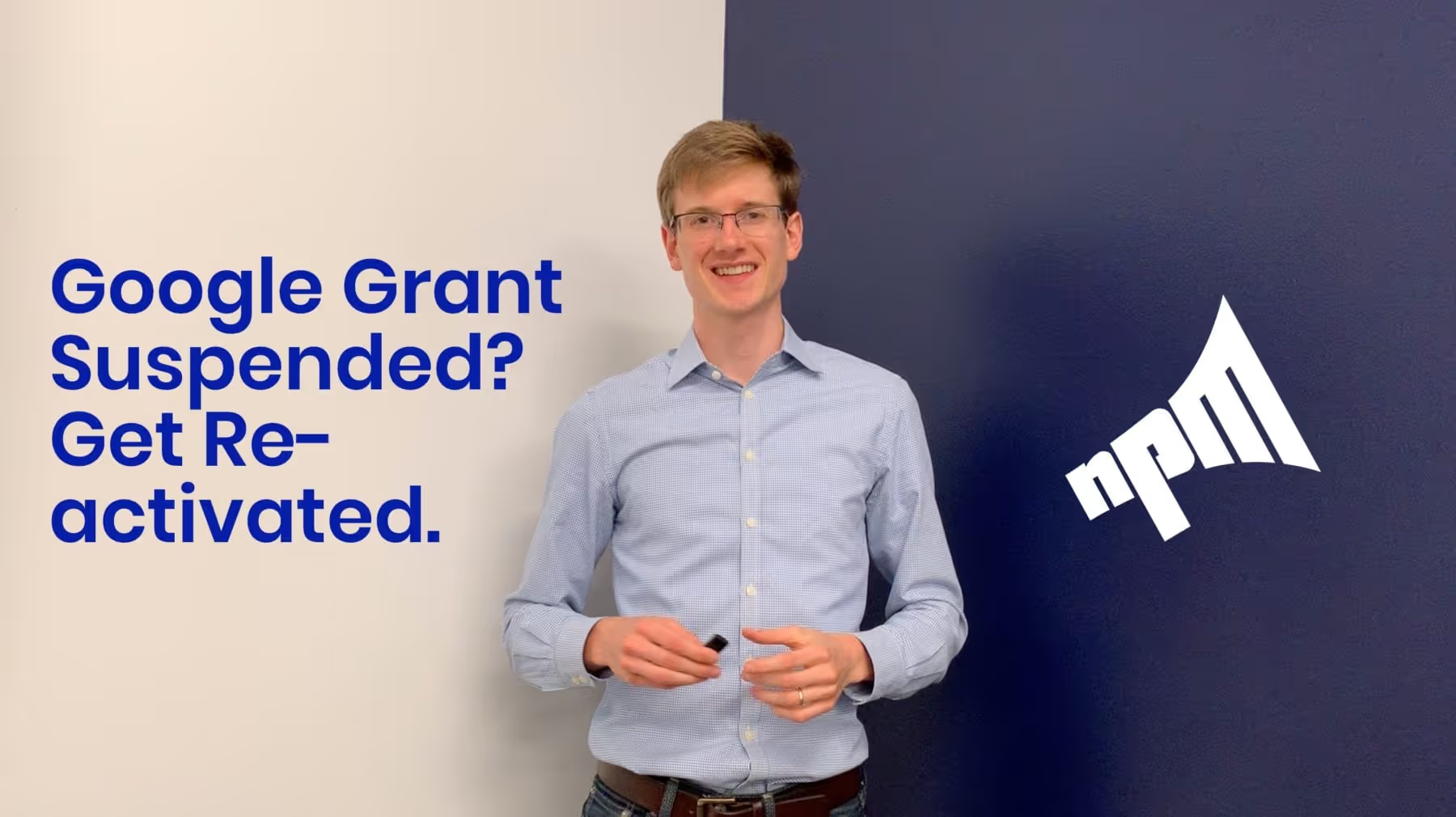


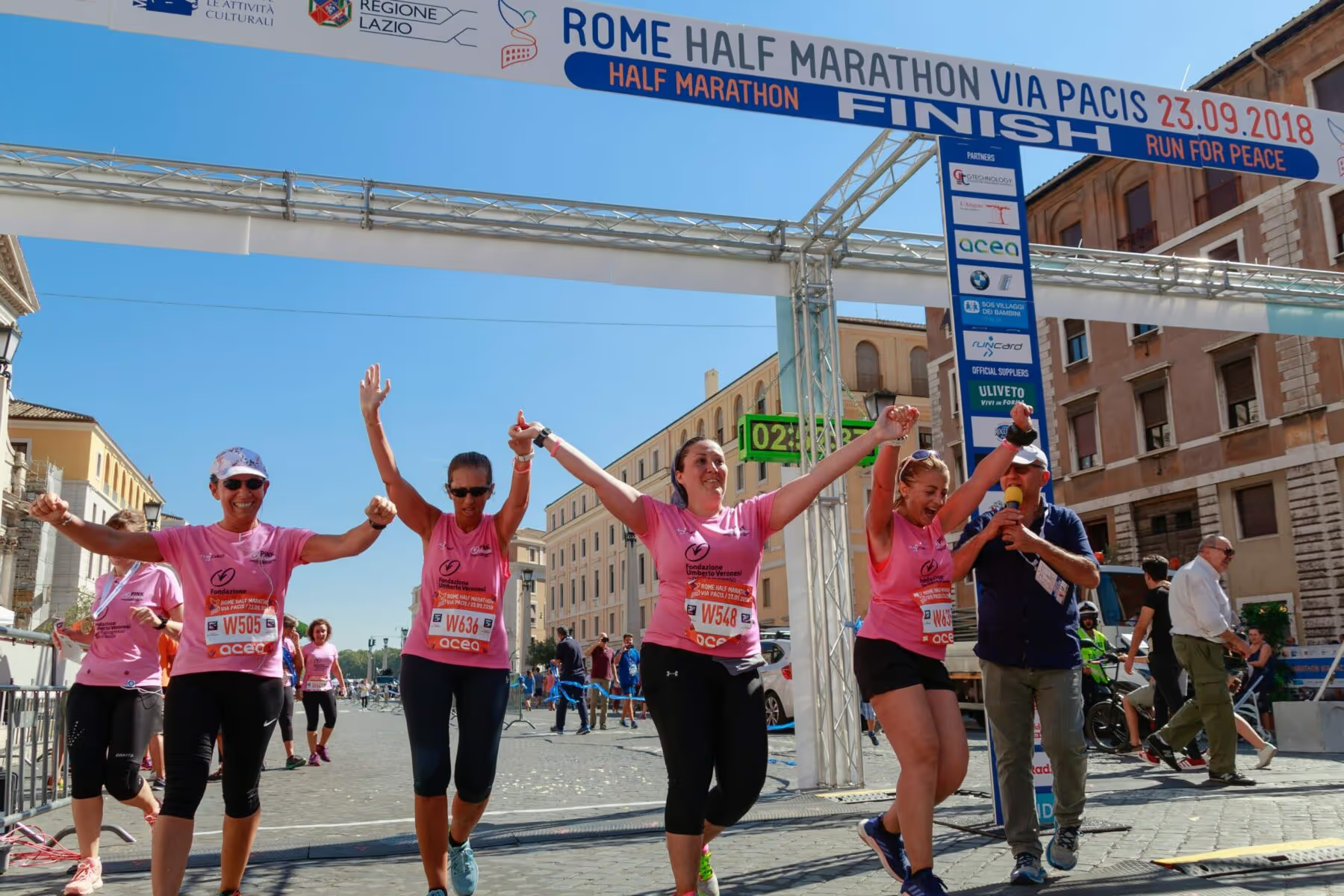

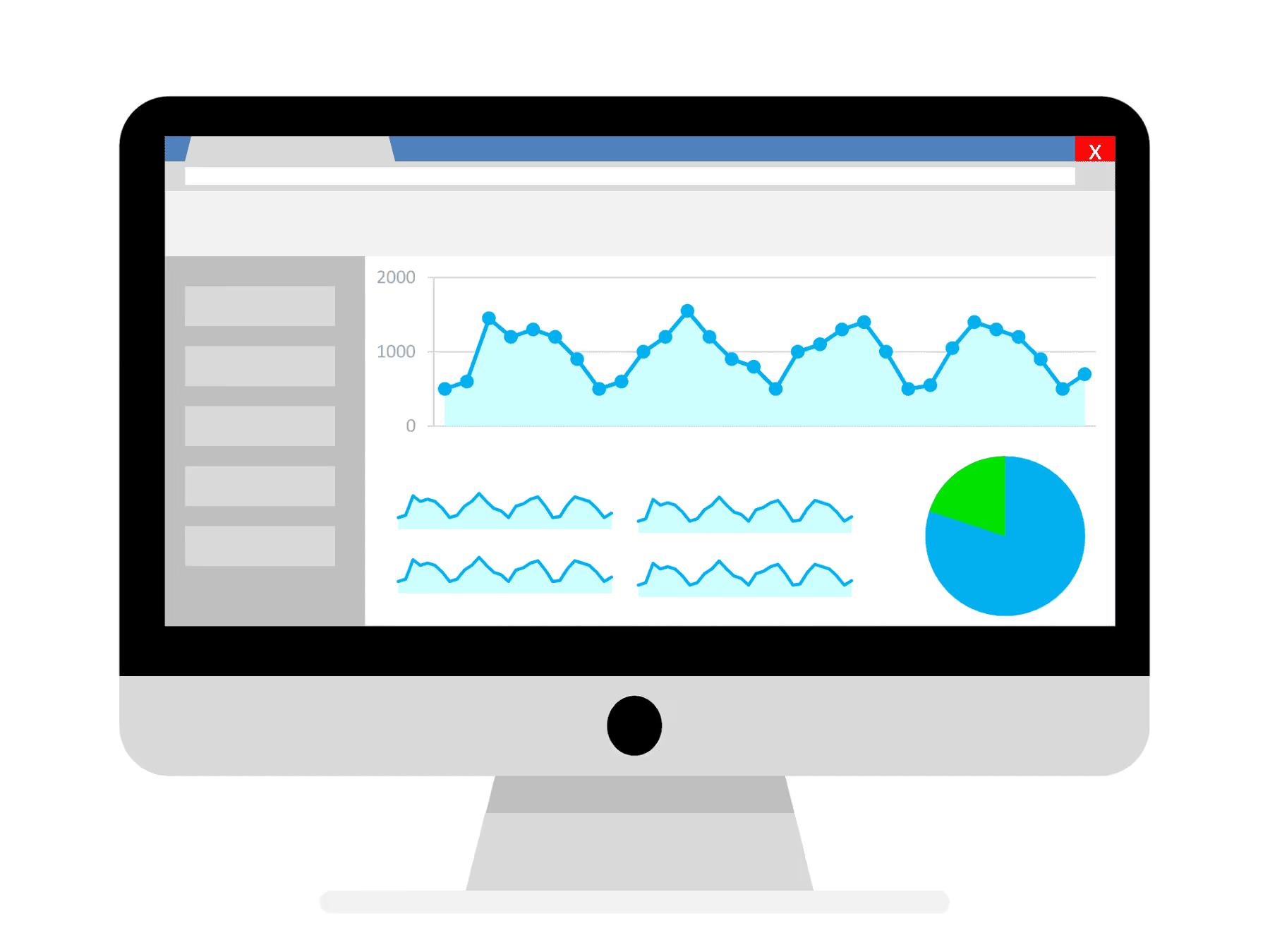

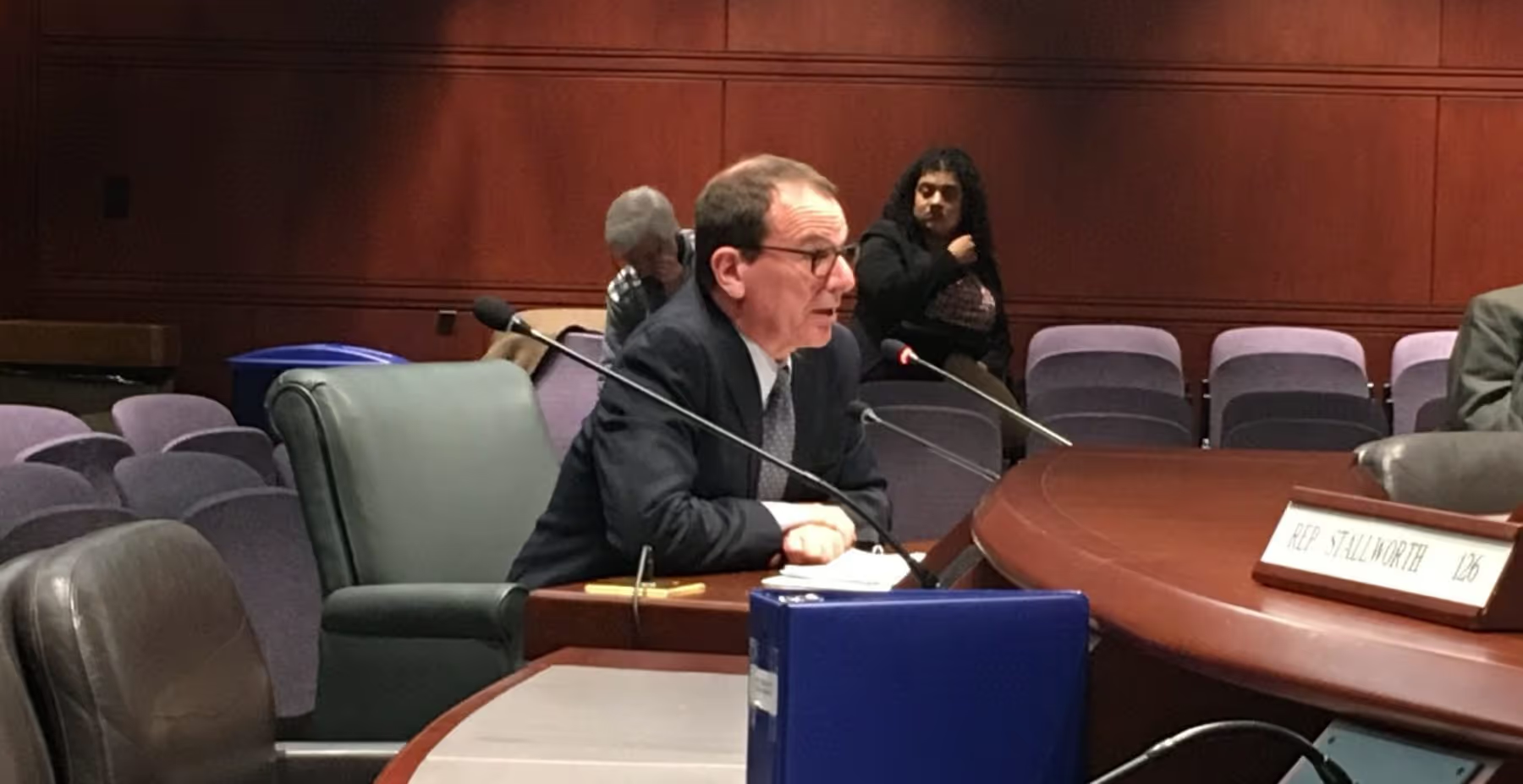
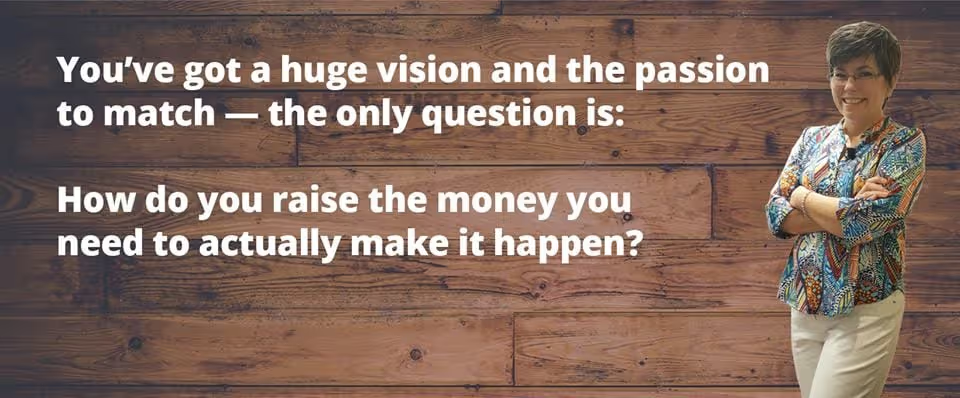










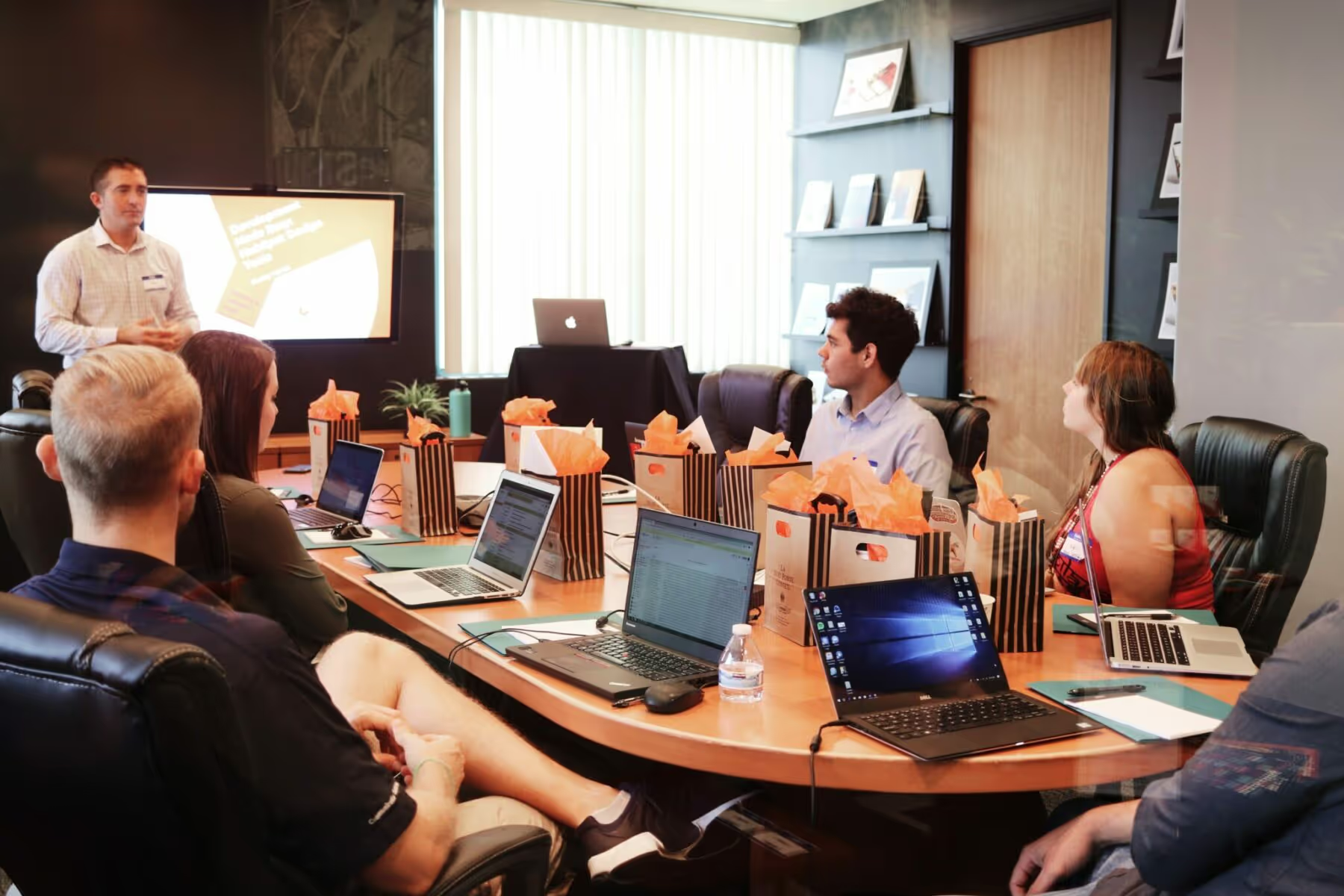






.svg)
.svg)
.svg)
.svg)